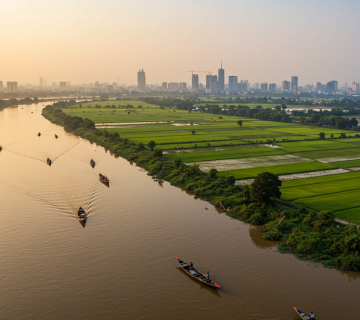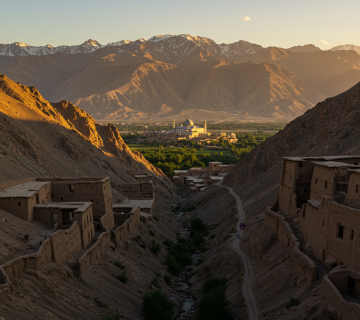India: The Geostrategic Bridge of South Asia and the Emerging Voice of Eurasia
India, stretching across the southern expanse of Asia, is not just a nation-state but a geostrategic pillar. From the snowy Himalayas to the vast Indian Ocean, its geography shapes both its internal diversity and its external ambitions—linking continents, markets, and civilizations.
🏔️ Geographic Diversity
India features a stunning range of landscapes: the towering Himalayas in the north, the Thar Desert in the west, fertile Gangetic plains in the east, and tropical forests and coastlines in the south. This variety drives agricultural diversity, climate contrast, and regional identities within one national frame.
🌊 Strategic Maritime Location
With over 7,500 km of coastline, India sits astride key shipping lanes in the Indian Ocean. Major ports such as Mumbai, Chennai, and Visakhapatnam connect India to Africa, the Middle East, and Southeast Asia, giving the country strategic depth in maritime diplomacy and security.
🌐 Border Complexities
India borders six countries, including two geopolitical rivals—Pakistan and China. Border disputes in Ladakh and the Kashmir region remain central to its defense and foreign policy strategies.
🤝 Regional Leadership in South Asia
India is the largest power in South Asia—economically, militarily, and culturally. Through organizations like SAARC and BIMSTEC, it leads regional cooperation while also navigating competition for influence.
🛣️ Connectivity Initiatives
Through initiatives like the “Act East Policy” and the International North-South Transport Corridor (INSTC), India is reaching out to Central Asia and Europe. Its investment in Iran’s Chabahar Port is part of this strategic outreach.
🛰️ A Balancing Force in Eurasia
In response to China’s Belt and Road Initiative, India strengthens alliances like the Quad with the U.S., Australia, and Japan. These efforts aim to balance power, secure sea lanes, and create technology-driven partnerships.
Conclusion
India’s geography is both a canvas of internal diversity and a launchpad for regional influence. In a world of shifting alliances and trade routes, India serves as both a stabilizer in South Asia and a strategic actor in the broader Eurasian context.





No comment